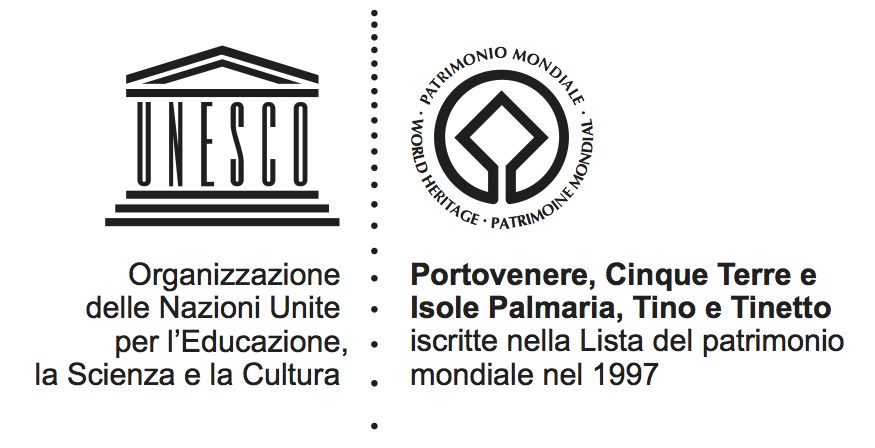Due to the site’s particular orographic conformation, it offers multiple perspectives on a landscape characterised by strong contrasts – between; the sea and the mountains, nature and construction, dense urban nuclei, crops, barren areas and others with thick vegetation. These are particularly recognisable for their “picturesque” character, given by the lively urban scenes and the neatly cultivated countryside, as well as their “horridness”, characterised by the harsh natural environment with its rocky outcrops and landslides.
The scenic quality was therefore assumed as a transversal value, which breaks down into different attributes, some of a natural character, others of a cultural nature. On the other hand, a notable feature of the registered site is its panoramas, some of which are very wide (allowing the whole site to be seen at a glance), and some, very narrow. First of all, the research considered the “scenic picture;” that is, the natural forms within which the landscapes are set.
The UNESCO site has clearly visible limits in the Punta del Mesco and in the islands. Among these visual cornerstones lies a rugged and morphologically inhomogeneous territory, within which three categories of forms, relating to the main geomorphological features, constitute the scenic picture:
-
the valleys, that is the broad grooves with a complex hydrological system, located in the western part of the site, where the ridge deviates from the coast and allows the formation of basins as well as longer and much more branched watercourses. The basins holding watercourses with third-order streams or higher are considered valleys.
Settlements and crops are located in the valleys more readily than elsewhere. The main watercourse ends in a focal apparatus of some amplitude and sometimes forms a short alluvial plain. These situations have made way for the formation of urban coastal villages -
the basins: these are narrow and deep valley furrows, in which flows a third-order or lower order stream. They are set between the valleys or, especially in the central portion of the site, are flanked in a continuous sequence that produces another of the site’s distinctive morphological elements. These are the “heads,” as we have called the tight sequence of headlands characterised by ridges of accentuated steepness that descend to the sea from the coastal ridge
-
the cliffs, identified as portions of shoreline with a slope greater than 90%, without watercourses or which have shallow stream beds with first or second-order watercourses. The cliffs are located at various points on the coast, but are particularly expansive in the eastern part of the site, where the rocky walls overlooking the sea reach a height of about 300 m.
